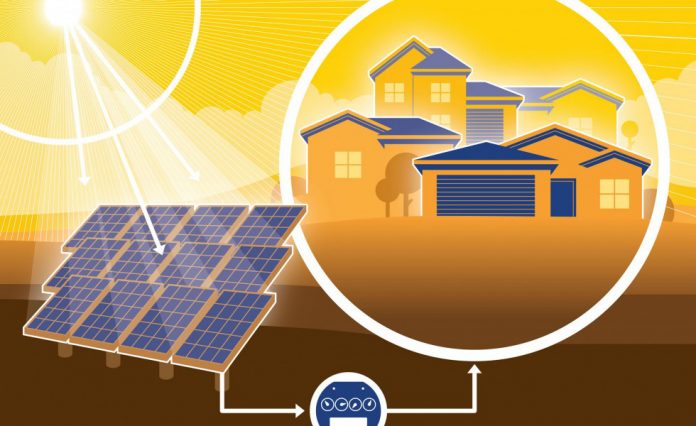Prime Minister Shehbaz Sharif has once again halted the official campaign to revise the government’s solar net-metering policy, marking the third such intervention, Dawn reported, citing official sources.
The government’s attempts to reduce the buyback rates for solar net-metered power have faced pushback, particularly from the public and civil society.
According to the news report, a senior official from the Power Division confirmed that the Prime Minister’s Office instructed the division to cease the campaign against net-metering, which had been in the works. The campaign had been planned to promote a new narrative on the buyback rate for solar energy, with the ministry seeking to present a revised summary to the federal cabinet.
Despite this setback, a rise in hybrid solar system installations has been observed, which, while reducing demand on the national grid, does not contribute power to it, further exacerbating the issue of surplus capacity.
Earlier proposals to change the buyback rate—approved by the Economic Coordination Committee (ECC)—were rejected by the federal cabinet after receiving strong criticism.
Minister for Power Awais Leghari announced on July 10 that a new plan would be presented to the cabinet, taking into account stakeholder feedback. This plan includes suggestions to extend the investment recovery period for solar net metering from the current 1.5 years to 2-3 years.
The Power Division had earlier proposed lowering the buyback rate from Rs27 per unit to Rs11.3 per unit to align with the solar generation tariffs of independent power producers (IPPs). They also suggested a new billing and settlement mechanism for net-metering consumers.
According to official estimates, there are approximately 325,000 net-metered connections across residential, commercial, and industrial sectors in Pakistan, with an installed capacity of about 6,500MW. The Power Division claims there are nearly as many more in the pipeline, based on solar panel import data. Lahore leads the country in net-metered connections, followed by Rawalpindi, Karachi, and other cities.
The ongoing debate over net-metering rates has also been complicated by provincial governments offering subsidized solar connections, further impacting the already strained electricity sector.





when the solar rates are Rs 27/ per unit why the electric companies are charging @Rs 50/per unit